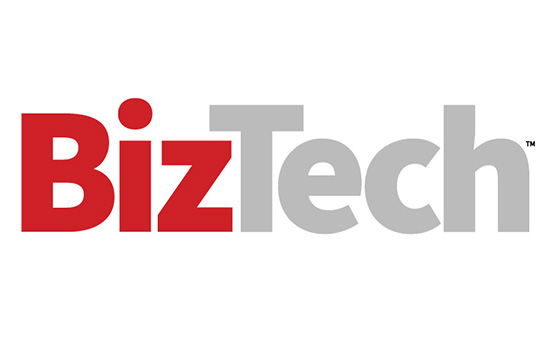What Are Some Industry Examples of Unsupervised Learning?
Clustering analysis and other forms of unsupervised learning are used across industries, including healthcare, finance, retail and manufacturing.
In healthcare, clustering helps identify patient populations with similar health characteristics or treatment responses.
“You can use clustering to group patients based on historical data and then design interventions tailored to each group,” Purcell says.
In financial services, it’s used to detect fraud by identifying abnormal patterns that deviate from the norm (an application known as anomaly detection).
“Unsupervised learning is particularly useful in identifying activities that don’t fit existing rules but may still be suspicious,” Purcell adds.
In retail and e-commerce, clustering enables more effective customer segmentation by analyzing purchase behavior, browsing history and demographic data.
“Retailers can create microsegments of customers and personalize marketing strategies,” he says.
RELATED: Avoid large language model bias with data governance.
How Do Clustering Insights Help Organizations?
The core value of unsupervised learning and clustering lies in the ability to reveal insights that may otherwise remain hidden, because too often, enterprises are struggling to “figure out what to do with the large volumes of data they have,” Purcell says.
Once the data is organized, IT leaders can use it for predictive analytics and business intelligence. For example, a company discovering that a particular customer segment is much more price-sensitive than other segments might offer targeted discounts only to that group, improving marketing ROI.
Unsupervised machine learning can also help build robust AI models, especially when labeled data is scarce or expensive to obtain.
Purcell says these capabilities are particularly important at a time when agility, adaptability and insight are key to staying competitive.
“Organizations sit on mountains of data, much of it unlabeled and unused,” says Purcell. “Clustering analysis helps make that data useful by organizing it into understandable groups.”














